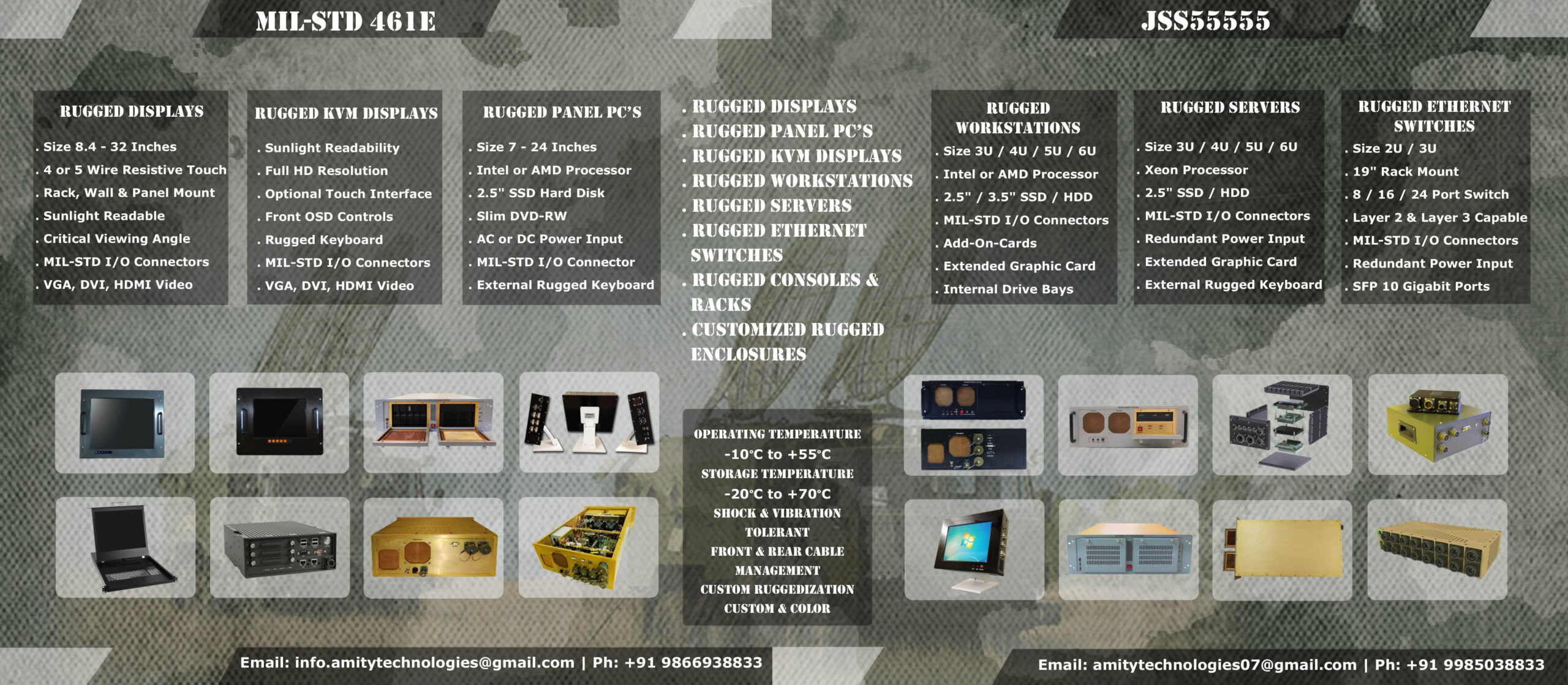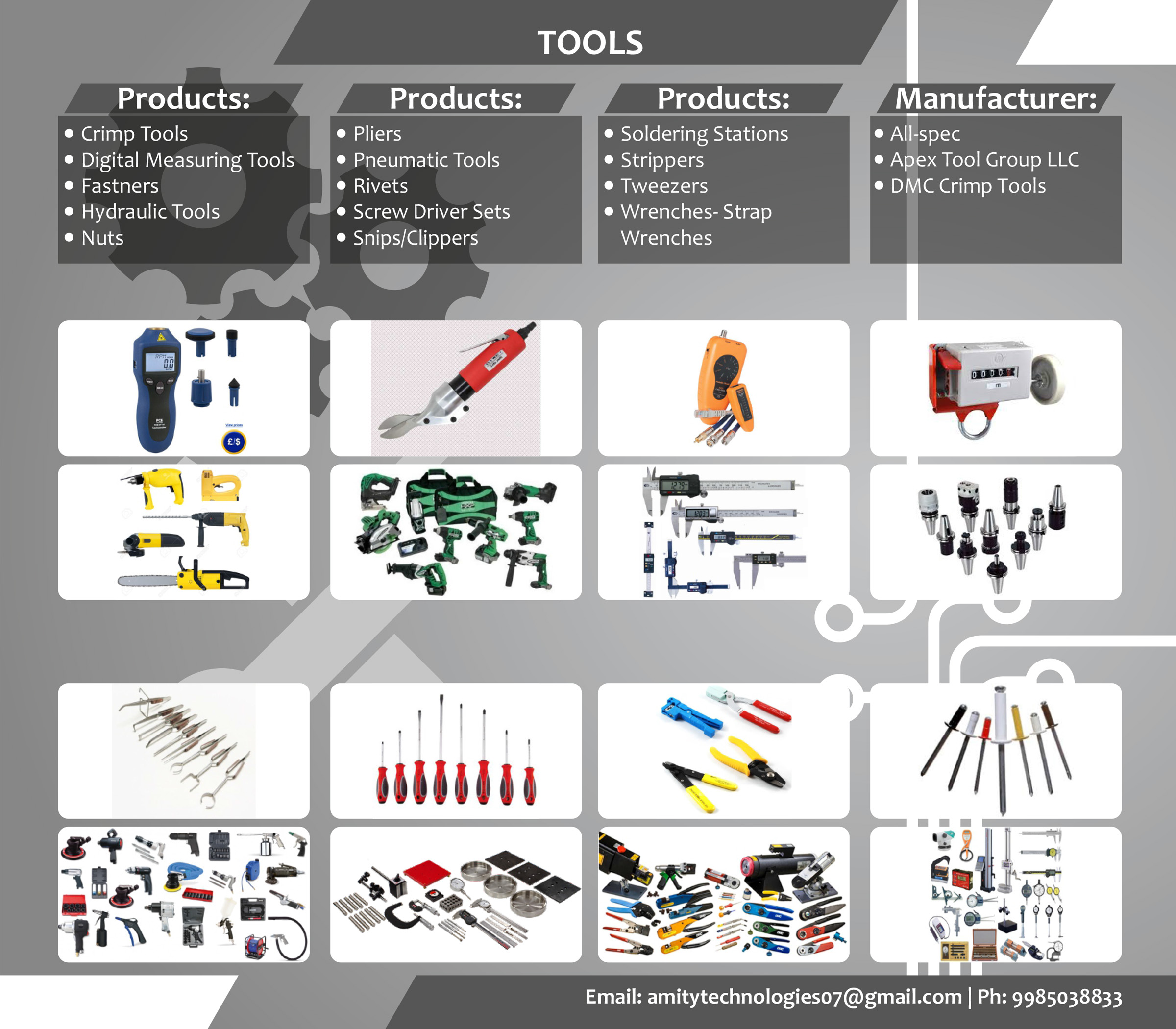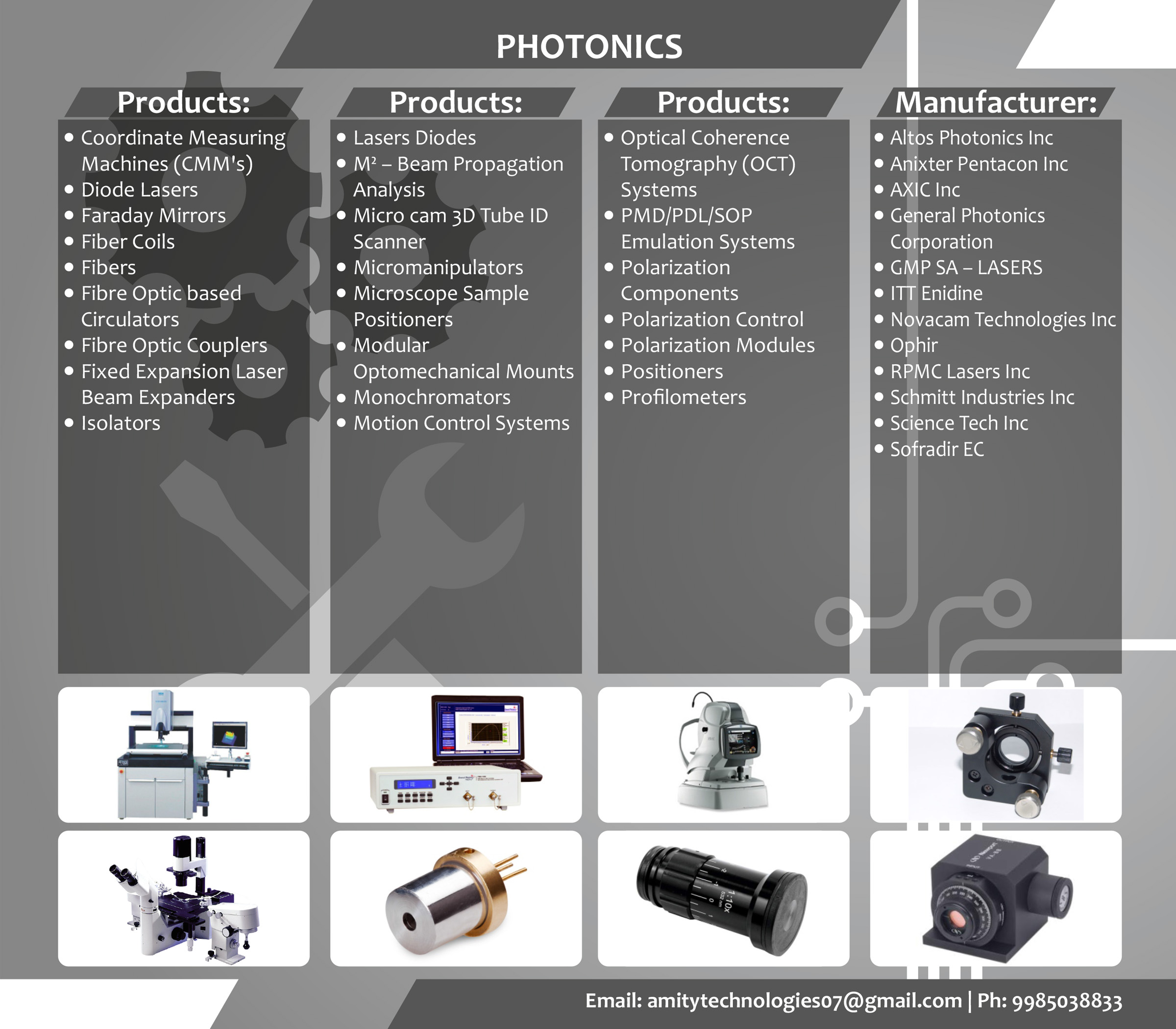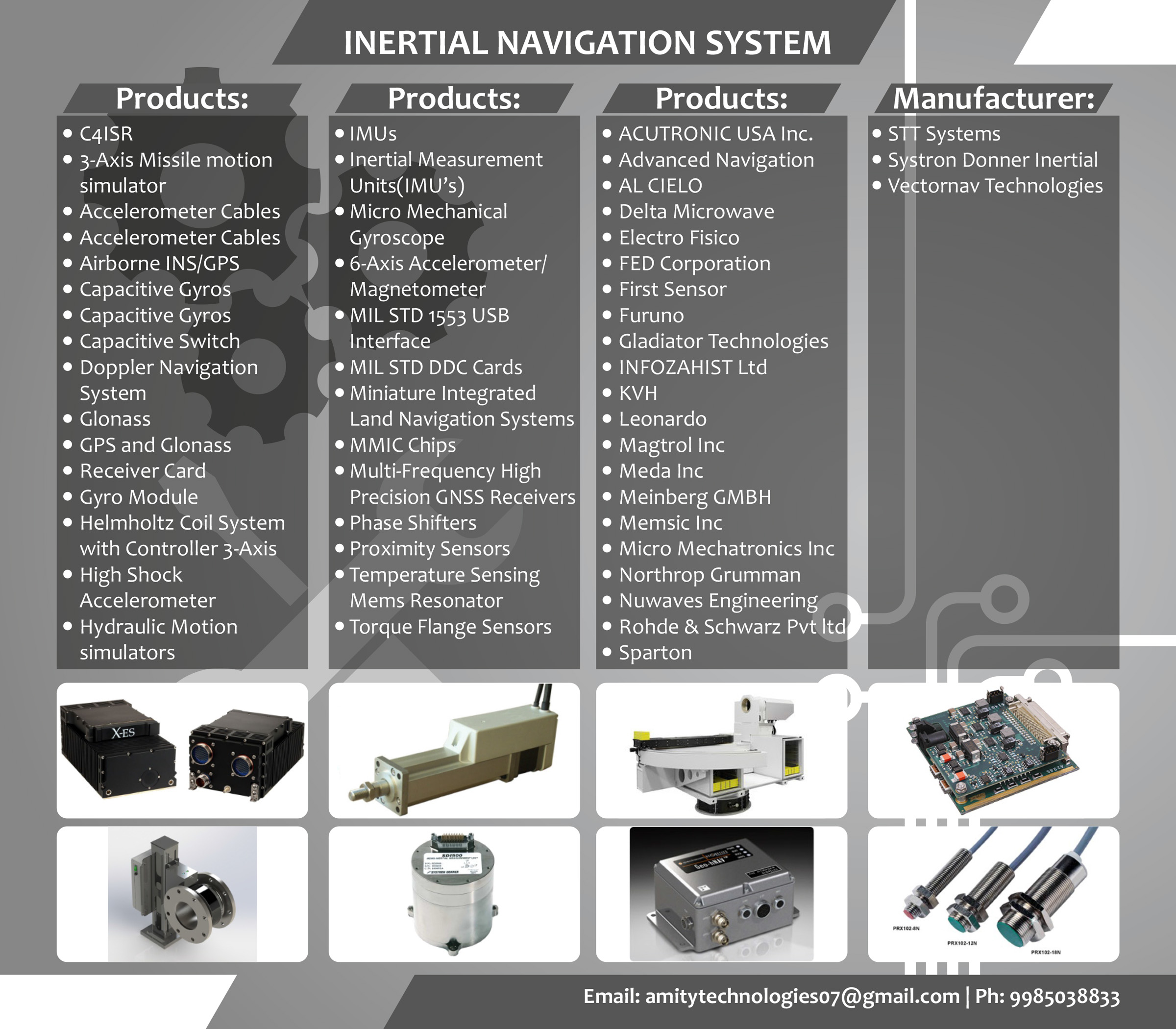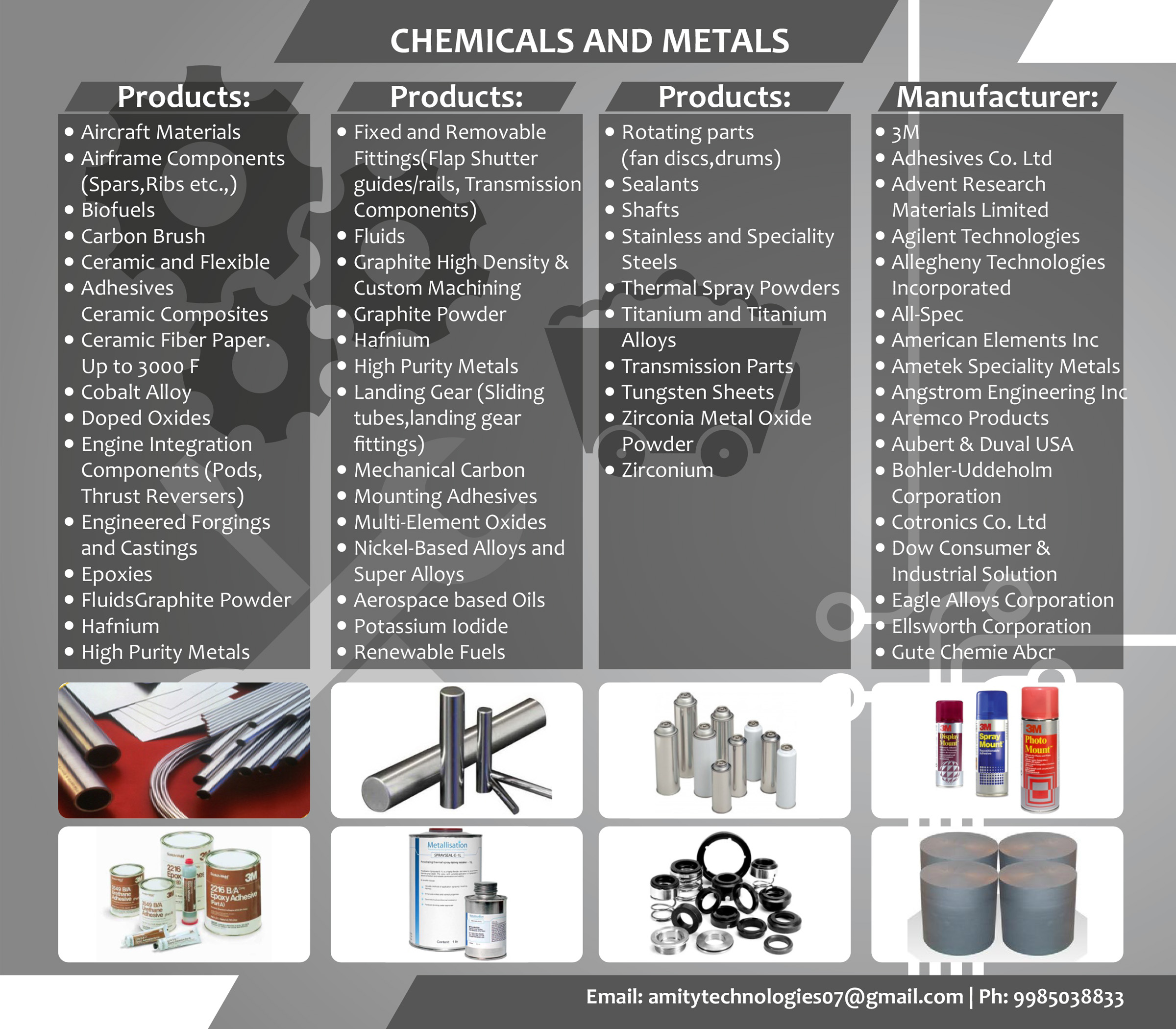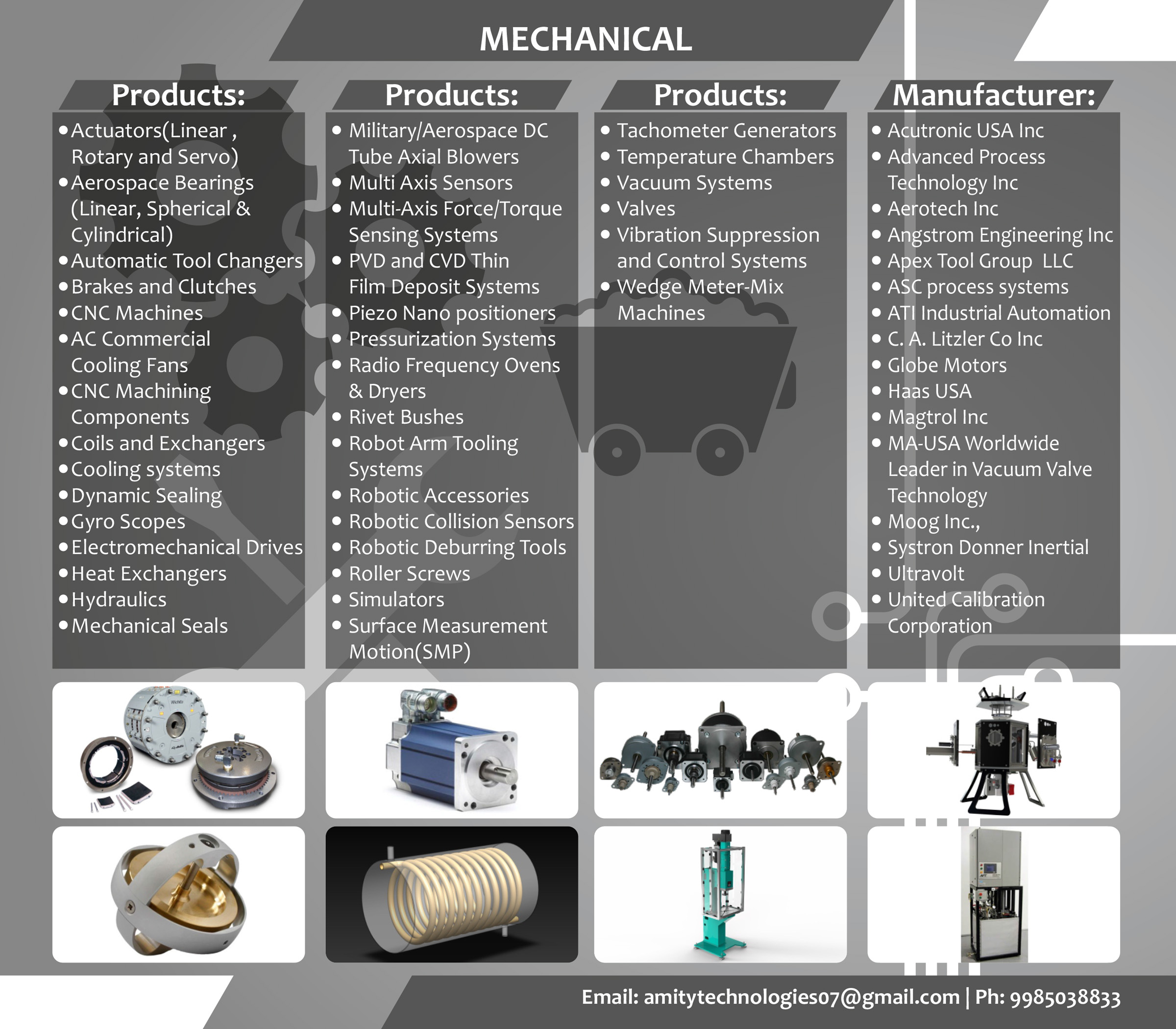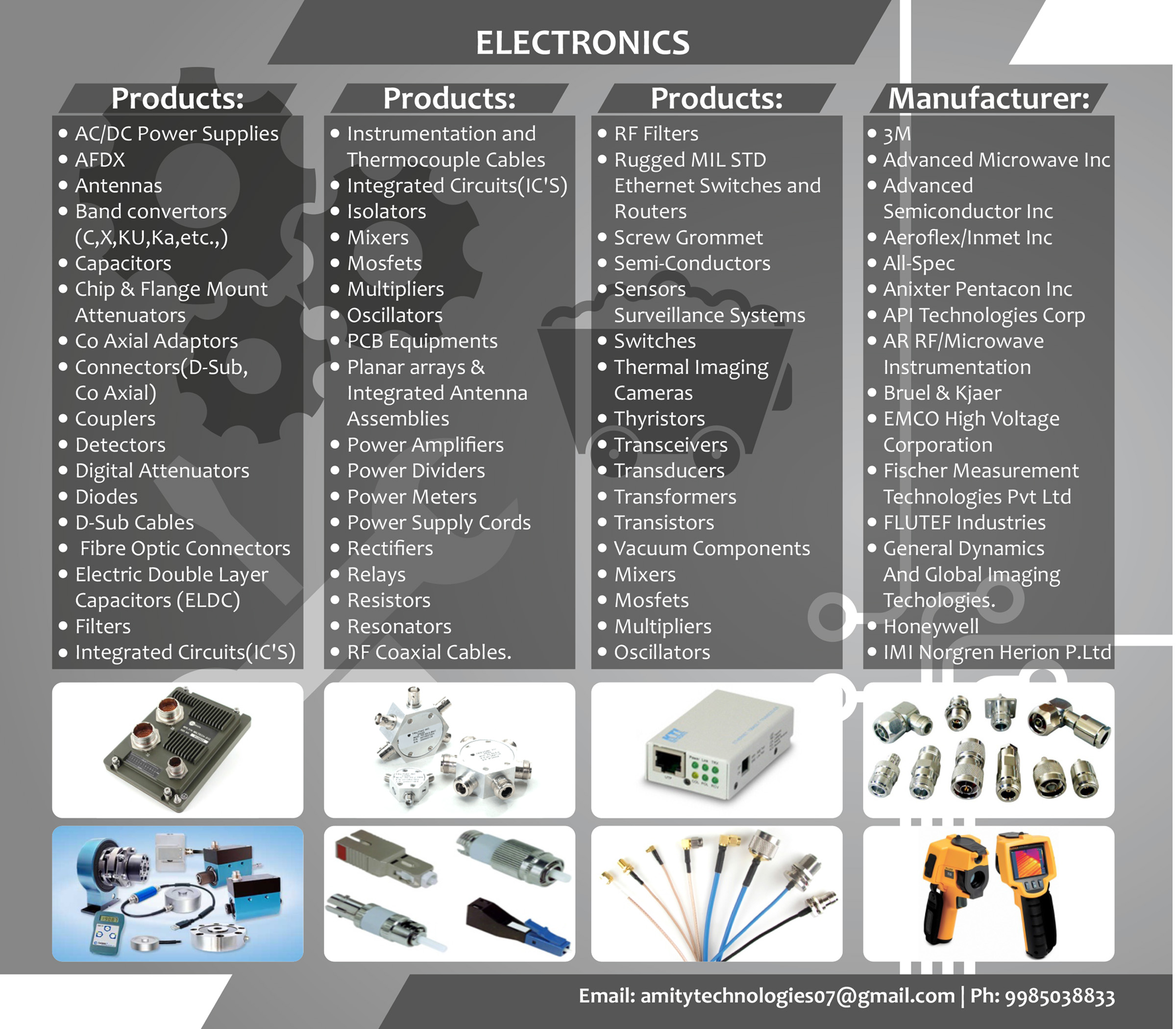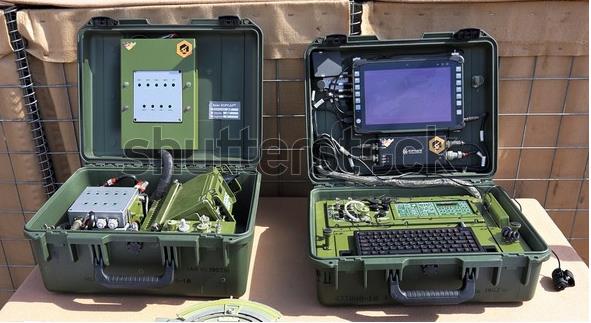
In environments where failure is not an option, technology must be more than just functional — it must be formidable. From scorching deserts to arctic outposts, from battlefield deployments to high-impact industrial zones, rugged technology has emerged as a silent warrior, powering operations in the most unforgiving conditions.
Welcome to the world of rugged tech — built not just to survive, but to perform beyond expectations.
What Is Rugged Technology?
Rugged technology refers to electronic devices and systems designed to operate reliably in harsh environments. These can include extremes in temperature, moisture, dust, vibration, electromagnetic interference, and physical shock. Unlike consumer-grade electronics, rugged tech is purpose-built for resilience, ensuring mission-critical uptime for defence and industrial applications.
Defence: Ready for the Front Lines
In modern warfare, digital systems are as critical as boots on the ground. Rugged devices enable secure communication, real-time data sharing, drone navigation, GPS, and logistics coordination in the harshest of battlefields.
Key Features for Defence Applications:
- MIL-STD Certification: Compliance with military-grade durability standards
- EMI Shielding: Protection from electromagnetic pulses and interference
- Tamper Resistance: Built-in security to protect sensitive information
- Night Vision & Thermal Compatibility: Seamless integration with field optics
Whether it’s a rugged laptop in a command tent or a hardened tablet on a reconnaissance mission, these technologies empower defence personnel to act swiftly and securely.
Industry: Engineered for Extremes
Industrial sectors like oil & gas, mining, transportation, and manufacturing often operate in remote and hazardous locations. Here, downtime isn’t just costly — it can be dangerous. Rugged tech brings stability to these operations, ensuring everything from automation to maintenance runs smoothly.
Key Features for Industrial Use:
- Ingress Protection (IP): Dust- and water-proofing
- Shock & Vibration Resistance: Essential for mobile and heavy-equipment use
- High-Visibility Displays: Readable under direct sunlight or in darkness
- Extended Battery Life: Crucial for remote, power-limited areas
With IoT integration, rugged devices now support predictive maintenance, remote diagnostics, and real-time analytics — boosting productivity and safety simultaneously.
Innovation Beyond the Standard
Today’s rugged tech isn’t just about resilience — it’s about smart resilience. Cutting-edge manufacturers are embedding AI, edge computing, 5G connectivity, and cybersecurity frameworks into their rugged platforms.
Emerging Trends Include:
- AI-powered situational awareness tools for battlefield commanders
- Wearable rugged devices for hands-free industrial operations
- Edge computing nodes for faster decision-making at remote sites
- Blockchain for secure and traceable logistics
This fusion of durability and intelligence is redefining what rugged tech can accomplish.
Conclusion: The New Standard of Reliability
As industries and defence forces increasingly operate at the edge of human capability, the demand for rugged technology is skyrocketing. These systems aren’t just built to last — they’re built to lead.
Whether enabling soldiers in high-stakes environments or keeping industrial systems humming in the face of adversity, rugged tech is the quiet force pushing performance beyond expectations.


